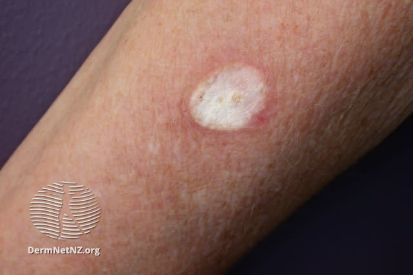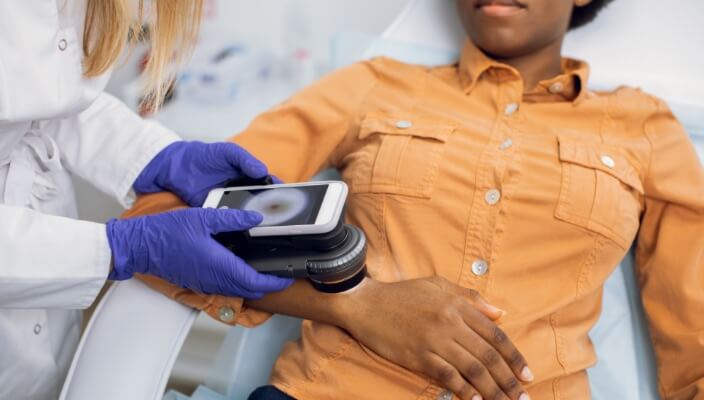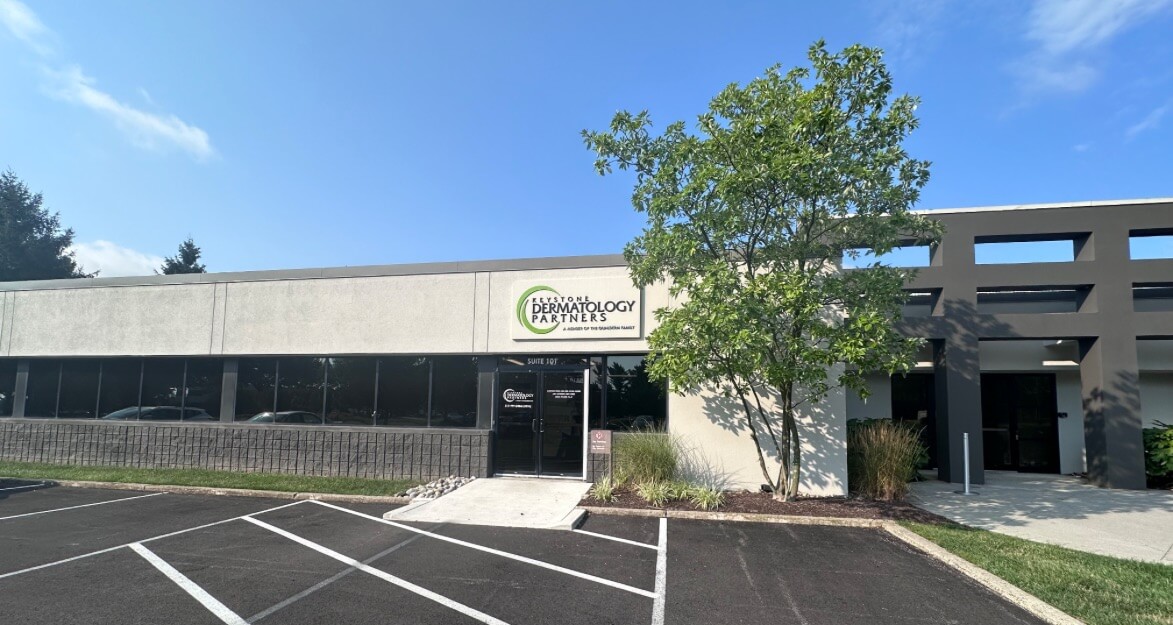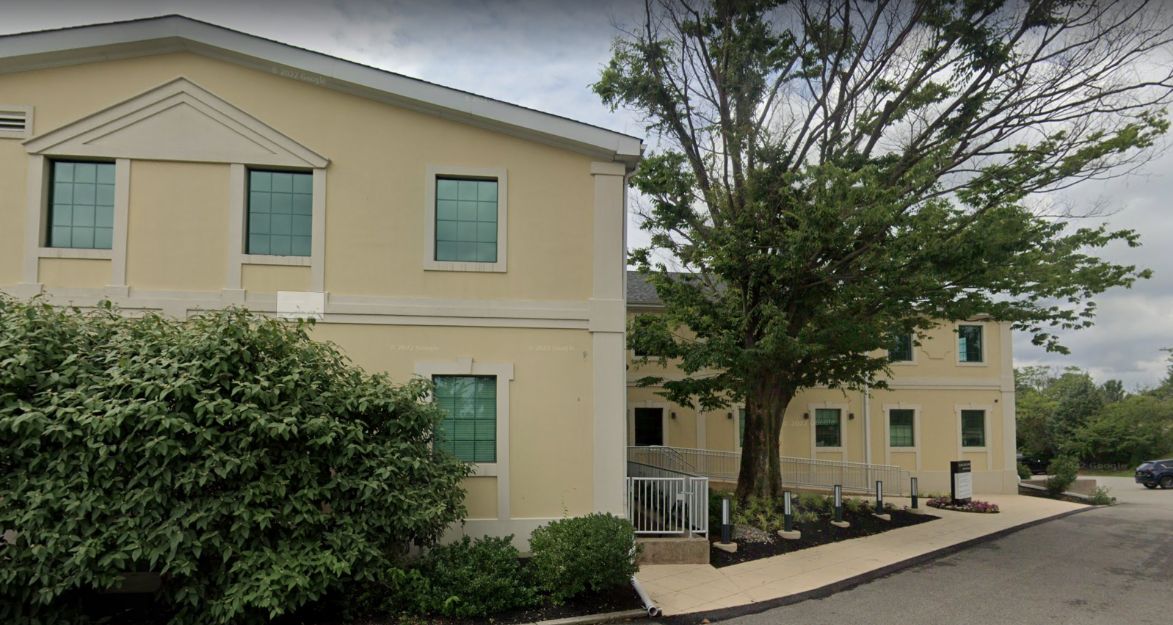Cryosurgery
Cryosurgery: A Precise and Effective Dermatological Treatment
Cryosurgery, also known as cryotherapy, is a cutting-edge medical procedure that uses extremely low temperatures to freeze and eliminate abnormal or diseased tissues. This minimally invasive technique is a popular choice in dermatology for treating a range of skin conditions, such as warts, skin tags, and certain precancerous lesions.
During cryosurgery, a cryoprobe or cotton swab is employed to apply liquid nitrogen or another cryogen directly to the targeted area. The intense cold freezes the water within the cells, forming ice crystals that rupture the cell membranes, ultimately destroying the treated tissue. Over time, the damaged tissue sloughs off, making way for healthy tissue to regenerate.
This quick procedure, usually completed in a few minutes per lesion, is conducted in a dermatologist's office. Patients may experience mild discomfort, redness, and swelling after the procedure, but these symptoms typically resolve within a few days. Cryosurgery is highly regarded for its precision, minimal scarring, and rapid recovery period.
Examples of Cryosurgery





What is Cryosurgery?
Cryosurgery, also known as cryotherapy, is a dermatological procedure that utilizes extreme cold to precisely destroy unwanted or abnormal tissue. Most often, liquid nitrogen is applied directly to the affected area, rapidly freezing the skin and causing controlled cellular damage. As the tissue thaws, the damaged cells break down and are naturally shed, allowing healthy skin to replace them.
At Pinnacle Dermatology, cryosurgery is frequently recommended for a variety of skin concerns. Because the procedure is minimally invasive and performed in-office, patients benefit from both convenience and effectiveness. With its quick application, minimal scarring, and reliable results, skin cryosurgery remains one of the most trusted treatment options in modern dermatology.
Benefits of Cryosurgery Treatment
Undergoing cryosurgery treatment at Pinnacle Dermatology can offer several significant advantages for patients managing various skin concerns. This minimally invasive procedure is not only effective for common issues like warts and precancerous lesions, but cryosurgery for skin cancer can also be an important treatment option in select cases.
Here are some of the key benefits you may experience after treatment:
- Efficient Tissue Removal: Cryotherapy quickly targets and destroys abnormal skin tissue, helping to restore healthy skin with minimal disruption.
- Minimally Invasive: With no incisions required, the procedure is generally well-tolerated and causes only mild, short-term discomfort.
- Versatility: Dermatology cryosurgery can address a wide range of conditions, from cosmetic skin growths to more serious concerns like precancerous spots.
- Effective for Certain Skin Cancers: In select cases, cryosurgery for skin cancer can provide a precise, non-surgical option to remove cancerous cells while preserving surrounding healthy tissue.
- Low Risk of Scarring: Due to its precision, skin cryosurgery often results in little to no visible scarring compared to surgical alternatives.
- Convenient Outpatient Care: Cryosurgery is performed right in the office, offering patients a quick, effective treatment without the need for a hospital stay.
At Pinnacle Dermatology, every treatment is tailored to your individual needs, ensuring both effective results and personalized care.
How Keystone Dermatology Partners of Philadelphia Can Help: Cryosurgery
Our dedicated team is committed to understanding your unique dermatological needs and developing a customized treatment plan to help you restore your skin’s health and appearance. With our expertise, you can feel confident in achieving beautiful, healthy skin.
We take pride in providing personalized care tailored to each patient’s specific needs. Book your consultation today to discover the transformative benefits of cryosurgery and enjoy the radiant skin you deserve.
Cryosurgery FAQs
Patients may experience some discomfort during cryosurgery, typically described as a sensation of cold followed by a stinging or burning feeling as the tissue freezes. However, the procedure is generally well-tolerated, and any discomfort is temporary.
The healing timeline varies depending on the extent of the procedure and the individual's skin. In most cases, the treated area will scab over within a week, and the scab will eventually fall off, revealing healed skin. Complete healing may take a few weeks.
While cryosurgery is considered a safe procedure, there are potential side effects, including redness, swelling, blistering, and changes in skin pigmentation. Infection and scarring are rare but possible. Your dermatologist will discuss potential risks during the consultation.
Cryosurgery is effective for a variety of skin conditions, including warts, skin tags, and certain precancerous lesions. However, its suitability depends on the specific characteristics of the condition. Your dermatologist will assess and determine if cryosurgery is the appropriate treatment for your case.
The duration of a cryosurgery appointment varies based on the extent and number of areas being treated but is generally relatively brief, often lasting between 15 to 30 minutes. The procedure is efficient, and patients can typically resume their daily activities shortly after treatment.
What to Expect at Your Cryosurgery Appointment
At your appointment, a dermatologist will review your skin concerns and confirm that cryosurgery treatment is the right option for you. The procedure itself is quick, usually taking just 15–30 minutes depending on the area being treated.
Liquid nitrogen is applied directly to the targeted skin, creating a brief cold or stinging sensation. Most patients tolerate it well, and any discomfort passes quickly. Afterward, your dermatologist will explain care after cryosurgery and schedule follow-ups if needed to check your healing.
How to Prepare for Cryosurgery
Before your cryosurgery, share your full medical history and medications with your dermatologist at Pinnacle. Wear loose, comfortable clothing or be prepared to change into a gown for easy access to the treatment area.
You may want to arrange transportation if the procedure site could cause discomfort afterward. Avoid applying creams or lotions on the skin before your visit, and follow any instructions provided to ensure a smooth skin cryosurgery experience.
Tips for Proper Care After Cryosurgery
Following cryosurgery treatment, it’s normal to experience temporary side effects like redness, swelling, or blistering at the treated site. These are part of the natural healing process and usually improve within days. Most areas will scab over within a week, with healthy skin revealed once the scab falls away. To support healing and comfort, follow your dermatologist’s aftercare instructions carefully.
Aftercare Tips:
- Keep the treated area clean and dry.
- Avoid applying lotions, creams, or makeup unless approved by your dermatologist.
- Protect the area from direct sun exposure; use sunscreen once the skin has healed.
- Do not pick at scabs or blisters, as this may increase scarring.
- Use over-the-counter pain relievers if you feel mild discomfort.
- Follow up with your dermatologist as recommended to monitor healing.
Featured Blogs

- Skin Cancer
- General Dermatology
- Sun Safety
Use this blog as a guide to help you choose the most effective sunscreen to protect your skin.
Read More
- Skin Cancer
- Skin Exams
It’s time to face the facts: skin cancer can develop in individuals of all skin colors, including those with darker skin tones.
Read More
- Skin Cancer
- General Dermatology
- Skin Exams
Navigating the landscape of Total Body Skin Exams: Uncover the comprehensive process, understand why it matters for skin health, and gain insights into what to expect during these essential dermatological examinations.
Read More

